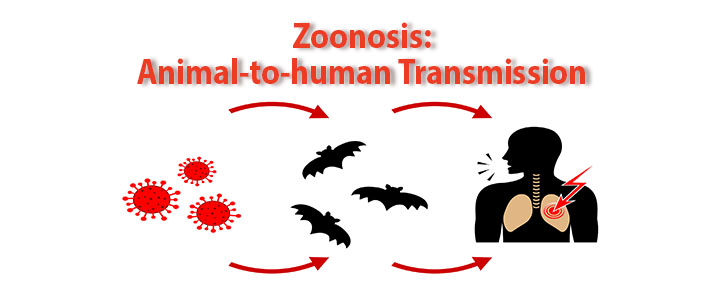Where do viruses originate?

Worried about when the next virus will cause another pandemics? According to Mark Woolhouse, professor of infectious disease epidemiology at the Univ of Edinburgh, three to four new species of viruses are discovered every year, and most of them originate from animals.
The rising number of viruses is a direct result clear-cutting rainforests and wildlife trade. When their habitats are destroyed to make way for grazing cattle (for beef) or wildfires burn thousands of acres, the wildlife move closer to cities where they carry diseases that are transferred from monkey, bats, or rats, to humans. This is called zoonosis, or animal-to-human transmission.
A 2017 study determined that 25 of the 27 Ebola outbreaks in Africa began in places where deforestation took place two years prior. They’re not sure how the virus leaps from animals to humans, but they believe it might take place when wild animals are butchered.
“Bushmeat” is a traditional source of protein for people who live in the Congo rainforests. It has become a delicacy and 5 million tons of bushmeat is traded globally each year. Smoked colobus monkey carcass sells for $22, and has been hunted to extinction in parts of the Congo.
Trading live animals like young crocodiles, tortoises, and chimpanzees is a huge market for pet collectors. The avian flu (H5N1 virus) and SARS both emerged from the transport of these exotic animals to metropolitan cities. The next virus that can cause another more dangerous pandemic can be brought from the Congo to Europe or the United States to serve the exotic tastes of the rich.
We need to protect the forests — to protect humanity.
